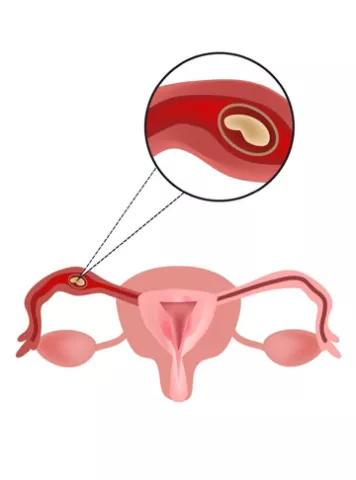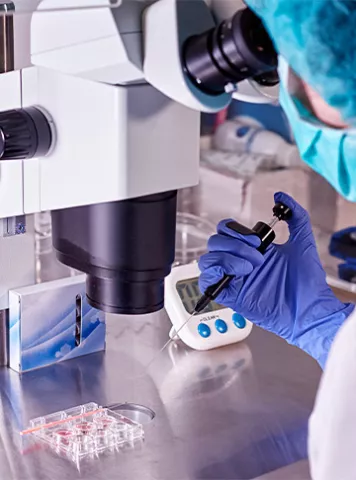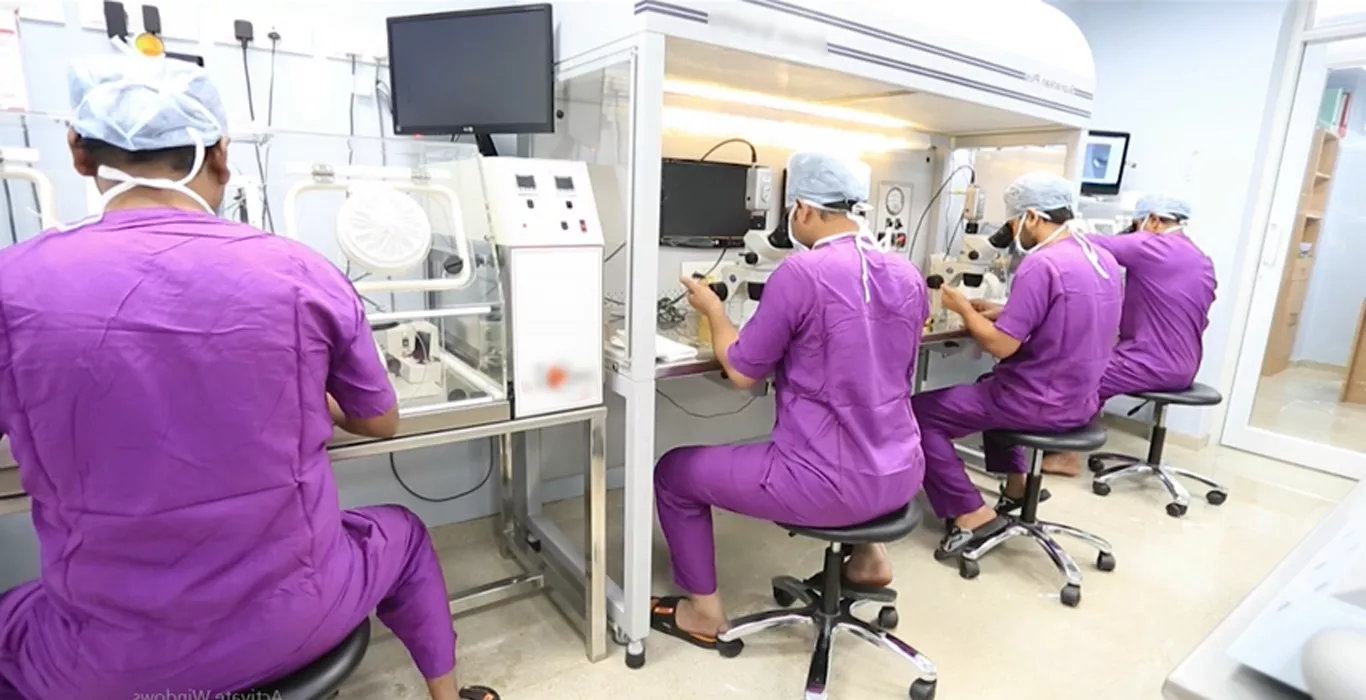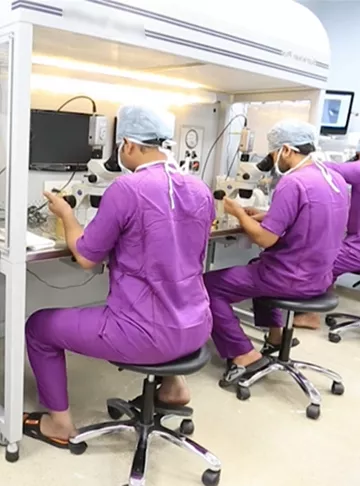Synopsis
Embryo Mix-up in IVF lab!
Author Name: Dr. Sajid Ansari || Mentor Name: Dr. Naval Shah on April 13, 2020
In Vitro Fertilization is a process where an egg is mixed (Fertilized) with sperm outside the human body. This process involves removal of egg from a woman and are fertilized with male sperms in the laboratory and is cultured in lab for 2-6 days. The fertilized egg and sperm is called embryo. Good growing embryos are transferred back to uterus for implantation to occur naturally. In 1978 Louise brown was the first IVF child born via this process.
Though rigid and secured protocols avoid such mistakes but rarely human errors can cause Embryo mix-up in an IVF lab. It may happen once in a blue moon buts its impact can be awful. IVF involves a series of complex procedure to treat infertile couples, like oocyte retrieval, sperm collection and processing, denudation, insemination, embryo culture, embryo transfer, embryo vitrification/warming, and embryo biopsy. All of these processes are prone to Embryo mix-up.
Embryo mix-up can happen due to improper patient identification, multiple gamete handling at the same time, negligence and ignorance of lab staff or can be accidental.
Embryo mix-up can cause huge concern among the couples who have used IVF treatment because the mistake of IVF lab may also go unnoticed. These mistakes are only apparent when a couple has a child of different color or if they go for a DNA tests. Due to such errors in an IVF lab patient would have to suffer from the psychological stress as well financial damage and they could lose confidence in the IVF process Mistakes by one center may overall have impact on entire IVF industry
To ensure patient safety Embryo mix-up cases needs to be identified, managed and eliminated as much as possible in an IVF lab. We can prevent errors by identifying the critical steps during the entire IVF process such as proper patient identification, single gamete handling instead of multiple handling at any given time. Proper patient identification while doing Embryo transfer, identification of the correct embryos retrieved from the incubator to do the transfer and loading correct embryos for the transfer are also crucial. All other process where this can happen are picking up of the correct embryos selected for cryopreservation, addressing its location in the liquid nitrogen tank, proper labeling of samples, dishes at each and every steps, double witnessing of every step during the IVF process, proper staffing and reducing overload in the laboratory and good communication between staff members. We can also reduce such risks by increasing the number of workstations so that work load in lab can be managed.
We can also avoid errors by double witnessing the process. This means that there is a human witness to every procedure performed in lab. Such record should be kept permanent with the following details; Who performed procedure, date and time of procedure, person who witnessed the procedure and signature of both witness and performer of that procedure.
Lately a new technology has also emerged to reduce such risks by tagging gametes and embryos directly with silicone based barcodes. These barcodes do not compromise embryo development and can be read under stereo zoom microscope. However this process has its flaws. A double witnessing protocol is required in tagging of gametes and embryos and also in case of hatched blastocyst barcode get removed as it remains attached to the zona pellucida (that is covering of embryo). Some IVF laboratories have also been introduced Electronic Witnessing System to reduce the risk of Embryo mix-up during the gamete handling in an IVF lab.
Electronic Witnessing System is a modern day application in IVF practice. Electronic Witnessing System uses radio frequency identification (RFID) tags for tracking and recording patient’s information and the samples during the IVF process. Each patient is monitored at every step of the process and this system also records every information regarding the progress in IVF cycle. This system doesn’t allow laboratory staff to work with two samples at a same time on same workstation. Electronic Witnessing System provides a unique ID to each embryologist and patient. Electronic Witnessing System offers automated cross checking and prevents human errors and provides a safe and secure environment during complete IVF process and increase confidence during each and every step of IVF process.
In conclusion, patient and sample identification as well as tracking of all procedures are required for patient safety and quality health care. Responsibility lies in avoiding such mistakes, risks and their consequences by implementing system that minimize Embryo mix-up.
Comments
Articles
2023


Guide to infertility treatments IVF
एक्टोपिक प्रेगनेंसी के लक्षण, कारण और इलाज
प्रेगनेंसी की खबर महिला को का�...
2023


IVF Guide to infertility treatments
टेस्ट ट्यूब बेबी का खर्च कितना आता है (What is the test tube baby cost in hindi)
पिछले कुछ वर्षों में टेस्ट ट्�...
2023


What Causes High Estrogen in Women
Estrogen is a very important hormone in a female’s body. It is especially ne...
2023


How early can a pregnancy be detected in IVF?
The happy news of pregnancy arrives after the successful completion of the fer...
2022


Guide to infertility treatments IVF
थाइरायड असंतुलन के कारण हो सकती है निःसंतानता, आईवीएफ से कैसे हो सकता है।
पिछले कुछ वर्षों में थायराइड �...
2022


पुरूष निःसंतानता का एक कारण वेरिकोसिल आधुनिक तकनीकों से संभव है पिता बनना
पुरूष निःसंतानता शब्द कुछ सा�...


गर्भधारण के लिए कितनी होनी चाहिए शुक्राणुओं की संख्या
निःसंतानता एक ऐसी समस्या बनत�...
2022


क्या है आईवीएफ डिटेल में जानिए, आईवीएफ में कैसे होता है गर्भधारण
समय के साथ हमारी प्राथमिकताओ�...
Tools to help you plan better
Get quick understanding of your fertility cycle and accordingly make a schedule to track it

















